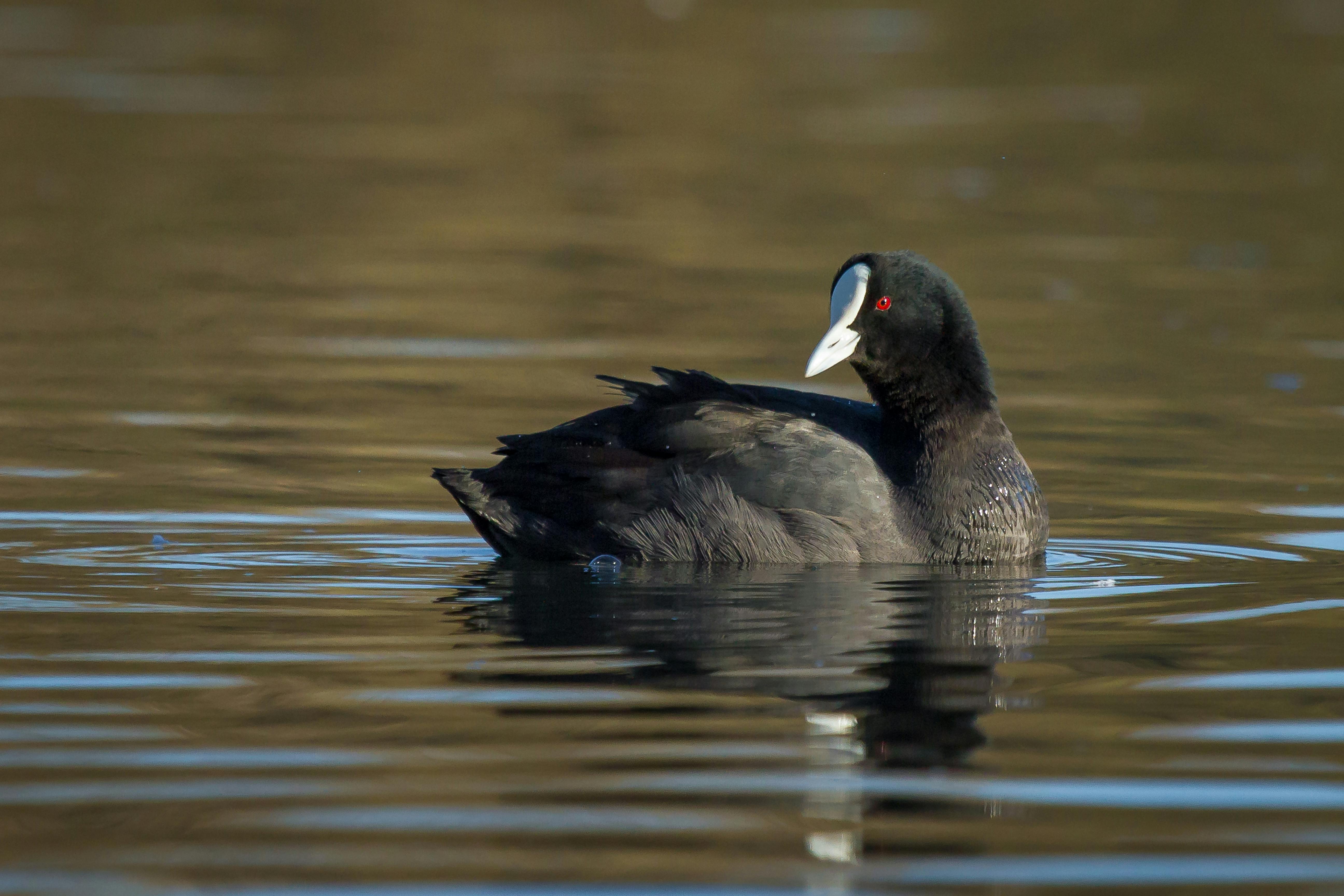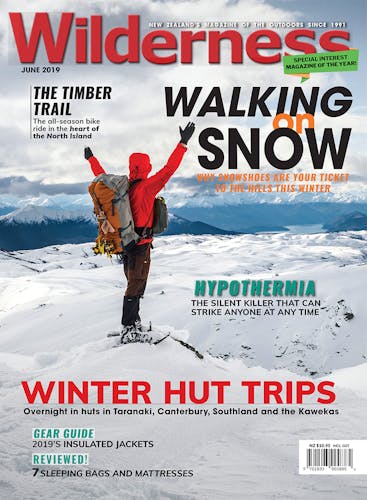The Australian coot is a fairly recent arrival to New Zealand and is related to the pukeko and takahē. These birds self colonised from Australia in the 1950s and were first recorded breeding here in 1958.
Conservation status
Native and ‘naturally uncommon’.
Features
The Australian coot is best described as a duck-like water bird. They are dark grey to black over their entire body, but instantly recognisable by a bright white bill and frontal shield. Another distinctive feature is the bright red eyes. Both males and females are alike with the juvenile birds having duller and paler colouring and brown eyes with smaller frontal shields. Their dimensions average out at 38cm long and around 550g.
Call
Coots have only one call or sound – a harsh kind of disagreeing ‘kraarrk’ noise.
Birdspotting tip
Coots spend a lot of their time out in the middle of the ponds or lakes they reside on. As such, they can be hard to identify from a distance, especially if other water birds are about. If you take a look at their movements, they can be distinguished by their continually bobbing head as they forage about.
Nesting
Coots are territorial during the breeding season which runs from September to March. They will regularly chase off other coots and species that get too close by running across the surface of the water with wildly flapping wings in a very aggressive manner. Their floating nests are made of twigs and vegetation and anchored to low hanging branches or reeds. It is not unusual for a pair to raise two broods in a season and all duties such as incubating and feeding of young are shared by both parents.
Diet
Coots eat mainly vegetation like seeds, algae, grass, leaves, shoots and some fruits. They will also take small invertebrates and occasionally eggs of other water birds. They have also cottoned on to eating bread fed to ducks.
Feathery fact
Coots have broad fleshy lobes on their short toes used to give propulsion when swimming – very similar to the feet of frogs. Although they are strong flyers, they are reluctant to do so and, when alarmed, they seek cover among vegetation on the water rather than flying away.








